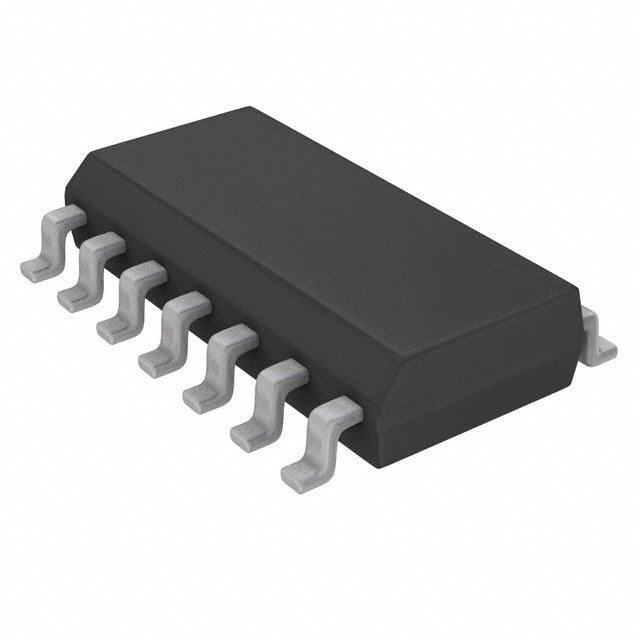MICRF022: DescriptionAn on-board oscillator within the MICRF002, MICRF011, and MICRF022, together with an externally connected resonator or clock signal, establishes the operating frequency of the MICRF002/RF...
floor Price/Ceiling Price
- Part Number:
- MICRF022
- Supply Ability:
- 5000
Price Break
- Qty
- 1~5000
- Unit Price
- Negotiable
- Processing time
- 15 Days
SeekIC Buyer Protection PLUS - newly updated for 2013!
- Escrow Protection.
- Guaranteed refunds.
- Secure payments.
- Learn more >>
Month Sales
268 Transactions
Payment Methods
All payment methods are secure and covered by SeekIC Buyer Protection PLUS.

 MICRF022 Data Sheet
MICRF022 Data Sheet







